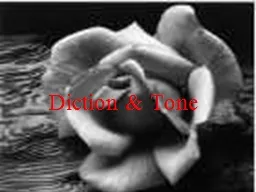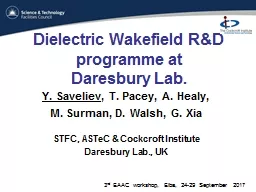PDF-from contacting each other which contributes to the dielectric dissipa
Author : ceila | Published Date : 2021-09-09
2Figure 1XRD patterns of asprepared CoNi microspheres CoNiTiO coreshell microspheres and CoNiTiO coreshell microspheres annealed at 6003image taken from a single
Presentation Embed Code
Download Presentation
Download Presentation The PPT/PDF document "from contacting each other which contrib..." is the property of its rightful owner. Permission is granted to download and print the materials on this website for personal, non-commercial use only, and to display it on your personal computer provided you do not modify the materials and that you retain all copyright notices contained in the materials. By downloading content from our website, you accept the terms of this agreement.
from contacting each other which contributes to the dielectric dissipa: Transcript
Download Rules Of Document
"from contacting each other which contributes to the dielectric dissipa"The content belongs to its owner. You may download and print it for personal use, without modification, and keep all copyright notices. By downloading, you agree to these terms.
Related Documents

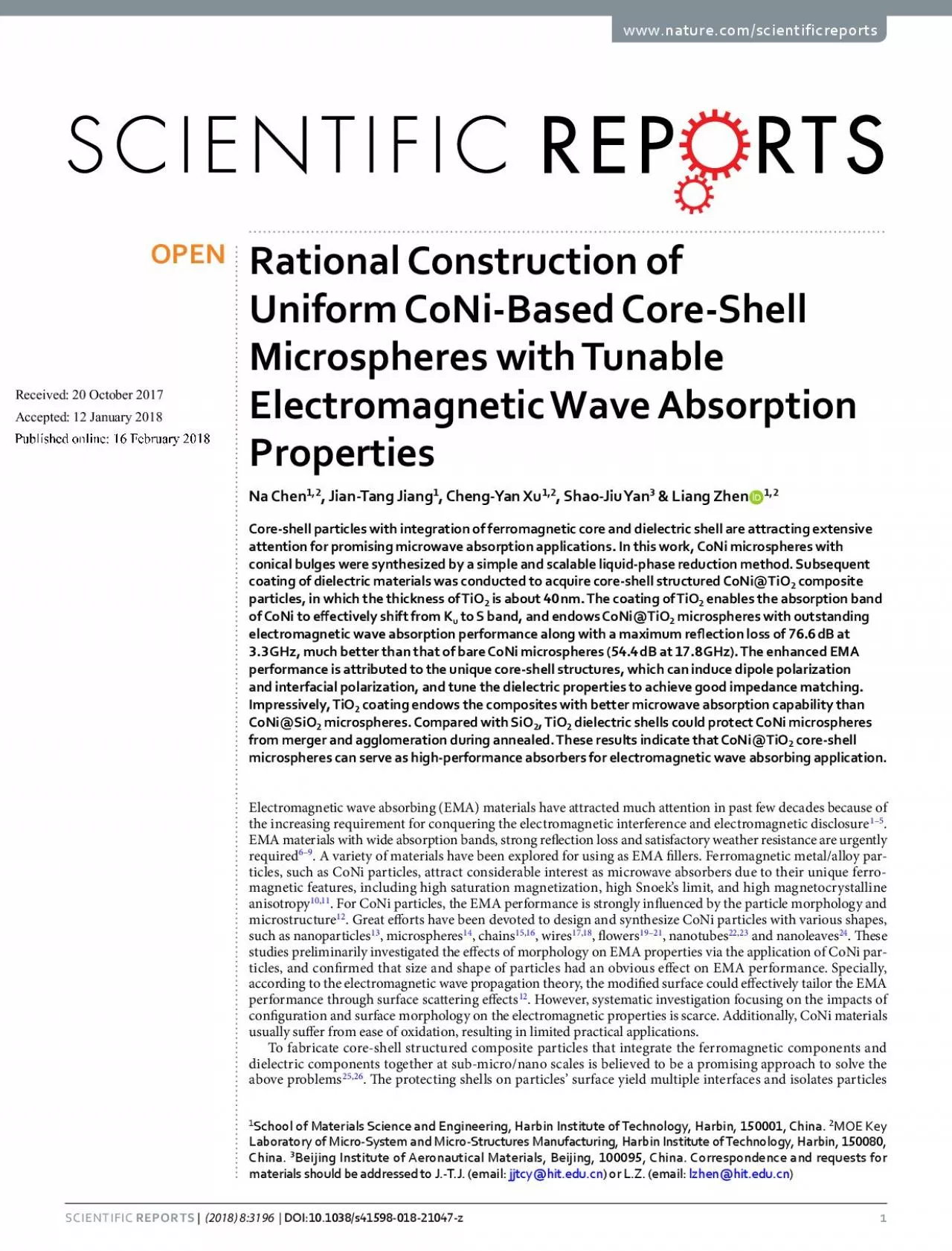


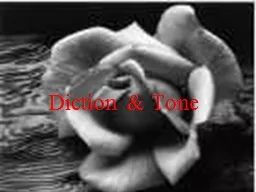
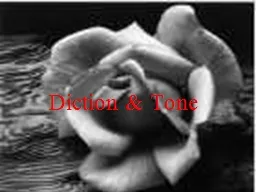
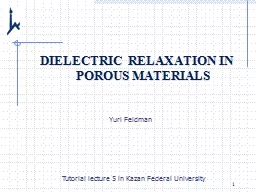
![. Contacting electrode method [5]](https://thumbs.docslides.com/395792/contacting-electrode-method-5.jpg)





